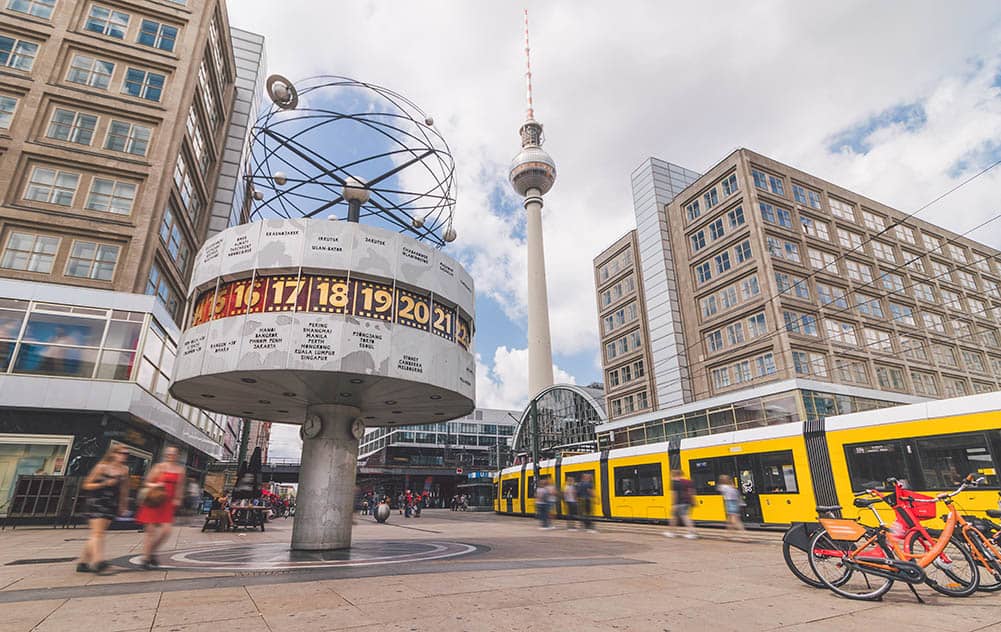EUR/USD: German Economy Reaches a Turning Point
- Written by: Gary Howes
-

Image © Adobe Images
The Euro to Dollar exchange rate will be better insulated against further weakness after a key German survey showed that the economy had turned a corner.
"Germany appears to be at a cyclical turning point," says Carsten Brzeski, Global Head of Macro at ING Bank, commenting on the findings of April's Ifo index, Germany's most prominent leading indicator.
The current assessment read at 88.9 in April, up from 88.1 and above expectations for 88.7. The Ifo expectations component was bullish at 89.9, up from 87.7 and ahead of the 88.9 expected.
"Judging from previous experience, three consecutive increases tend to mark a turning point in the economy," says Brzeski.
The Euro-Dollar exchange rate has recovered this week and analysts say the German data will underpin technical support levels. "Traders running short euros have cause to eye more support," says Jeremy Bolton, an analyst at Reuters.
The developments will give confidence to those looking to call a bottom in the Euro-Dollar's 2024 selloff. "Even moderately better growth in Europe will likely limit dollar appreciation going forward," says Derek Halpenny, Head of Research for Global Markets EMEA at MUFG Bank.
Samer Hasn, Market Analyst at XS.com, says returning optimism towards Germany's economy has pushed the yield on the ten-year German bund to record the highest opening since last November.
"This shift in expectations about the path of monetary policy, in addition to the return to life in economic activity, helps the yield gap between Treasuries and German bunds to shrink, and this would limit the impact of the sharp rise in yields in the US on the euro," says Hasn.
Track EUR/USD with your own custom rate alerts. Set Up Here
The Euro-Dollar exchange rate has come under pressure in April, falling to a low at 1.0601, as markets slashed bets for U.S. interest rate cuts and boosted the yield advantage of U.S. bonds. Any cooling in U.S. bond yields and a rise in Eurozone bond yields will underpin the Euro-Dollar as the yield differential begins to close once more.
ING says the hard data for the first two months of the quarter already suggest Germany could have exited recession earlier than expected.
"Strong activity in the construction sector on the back of mild winter weather and a technical rebound in trade and industrial production should have offset still weak private consumption. This cyclical upswing looks set to continue in the second quarter," says Brzeski.
The Euro to Dollar exchange rate rallied on Tuesday following the release of a bumper German services PMI print that overshadowed another disappointment in the manufacturing sector.
Europe's largest economy posted a sizeable rise in services sector output, with the Services PMI rising to 53.3 in April, outstripping expectations (50.6) and March's 50.1.
"The German private sector returned to growth at the start of the second quarter," said S&P Global, producers of the PMI report.
Although manufacturing disappointed (42.2 vs. 42.8 expected), the services blowout was enough to push the Composite PMI into growth territory at 50.5, well ahead of expectations for 48.6.
Euro-Dollar rose nearly a quarter of a per cent to 1.0690 in the five minutes following the release.











